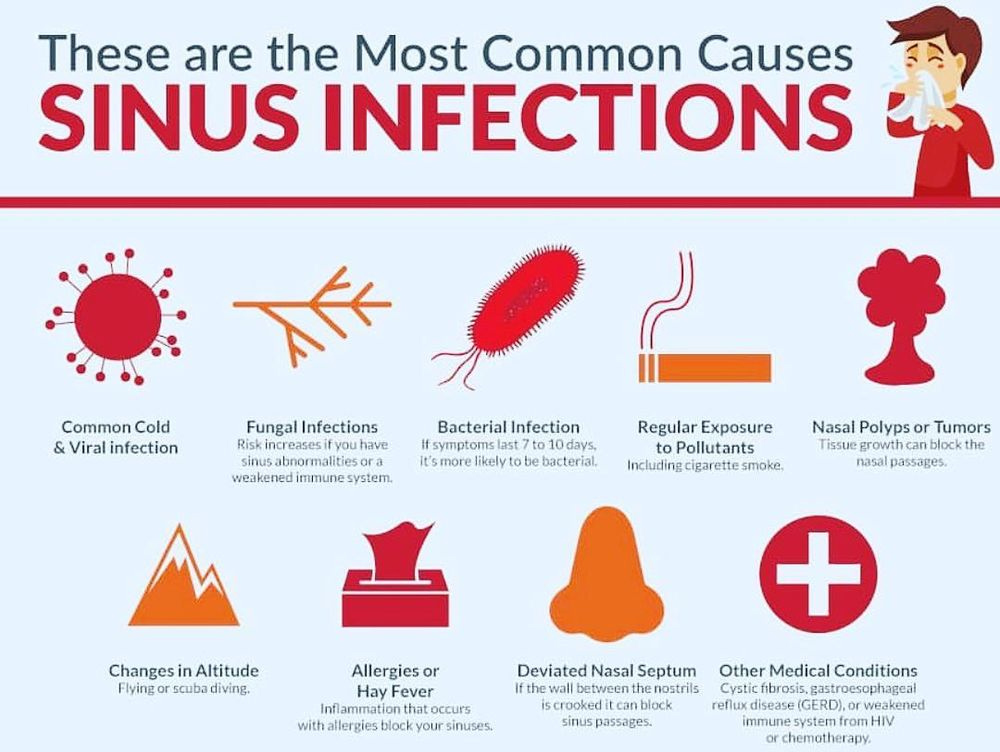Dermatitis vs fungal infection. Eczema vs Ringworm: Identifying and Treating Common Skin Conditions
How do eczema and ringworm differ in appearance and symptoms. What are the most effective treatments for each condition. When should you seek medical care for skin issues. How can you prevent the spread of fungal infections and manage eczema flare-ups.
Understanding the Basics: Eczema and Ringworm Explained
Skin conditions can be frustrating and uncomfortable, especially when it’s difficult to identify the cause. Two common skin issues that often cause confusion are eczema and ringworm. While they may share some similarities, these conditions have distinct characteristics and require different approaches to treatment.
Eczema, also known as atopic dermatitis, is a chronic inflammatory skin condition that causes dry, itchy, and inflamed patches of skin. Ringworm, despite its name, is not caused by a worm but by a fungal infection. It typically appears as a circular, red, itchy rash with a clear center.
Key Differences Between Eczema and Ringworm
- Cause: Eczema is an inflammatory condition, while ringworm is a fungal infection
- Appearance: Eczema patches are often irregular, while ringworm forms distinct circular patterns
- Duration: Eczema is chronic and can last for years, ringworm is typically shorter-lived with proper treatment
- Contagiousness: Ringworm is contagious, eczema is not
Identifying Eczema: Symptoms and Characteristics
Eczema can manifest in various ways, but there are several common symptoms to look out for. Understanding these signs can help you differentiate eczema from other skin conditions.

Common Eczema Symptoms
- Dry, sensitive skin
- Intense itching, especially at night
- Red to brownish-gray patches
- Small, raised bumps that may leak fluid when scratched
- Thickened, cracked, or scaly skin
- Raw, sensitive, swollen skin from scratching
Where does eczema typically appear? Eczema can affect various parts of the body, but it’s most commonly found on the hands, feet, ankles, wrists, neck, upper chest, eyelids, and inside the bend of elbows and knees. In infants, it often appears on the face and scalp.
Recognizing Ringworm: Signs and Symptoms
Ringworm has distinctive characteristics that set it apart from eczema and other skin conditions. Knowing these signs can help you identify the infection quickly and seek appropriate treatment.
Telltale Signs of Ringworm
- Circular rash with a defined edge
- Clear or scaly center, often described as a “ring”
- Itching, which can be severe
- Small black dots in the center of the rash (in some cases)
- Ability to spread easily to other parts of the body
Can ringworm appear anywhere on the body? Yes, ringworm can affect virtually any part of the body, including the scalp, feet (known as athlete’s foot), and groin area (jock itch). It’s important to note that ringworm is highly contagious and can spread through skin-to-skin contact or by sharing contaminated items.
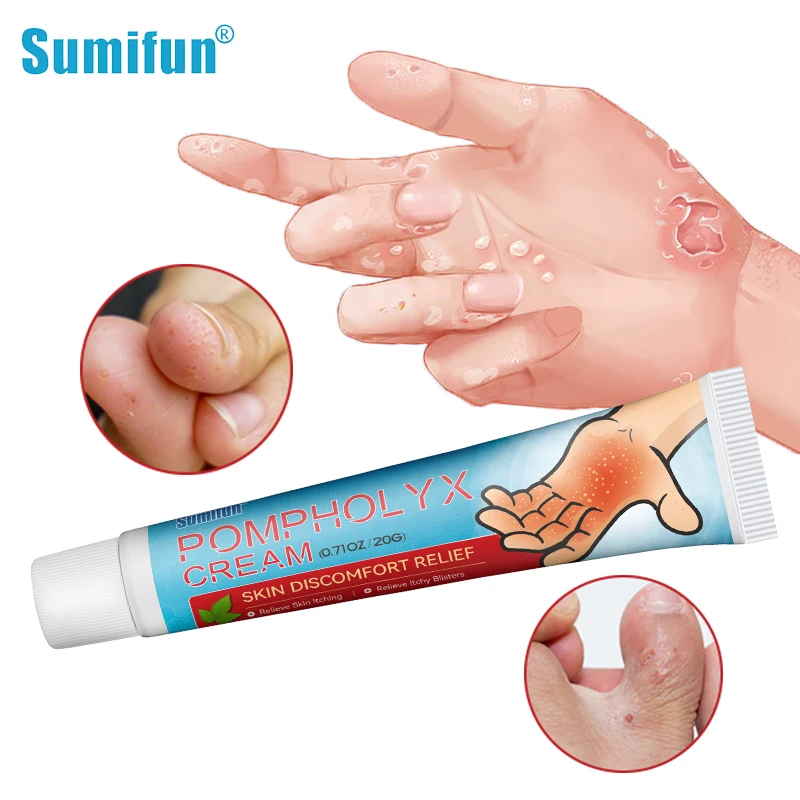
Treatment Options: Managing Eczema and Ringworm
Effective treatment for both eczema and ringworm depends on accurate diagnosis. While over-the-counter remedies may provide relief for mild cases, it’s often best to consult a healthcare professional for proper identification and treatment recommendations.
Eczema Treatment Approaches
- Moisturizers to keep skin hydrated
- Topical corticosteroids to reduce inflammation
- Antihistamines to relieve itching
- Prescription medications for severe cases (e.g., oral steroids, immunosuppressants)
- Phototherapy (light therapy) for persistent eczema
Ringworm Treatment Methods
- Over-the-counter antifungal creams, ointments, or powders
- Prescription-strength topical antifungals for stubborn cases
- Oral antifungal medications for widespread or severe infections
- Proper hygiene and regular cleaning of affected areas
- Avoiding sharing personal items to prevent spread
Is it necessary to see a doctor for all cases of eczema or ringworm? While mild cases can often be managed at home, it’s advisable to consult a healthcare provider if symptoms persist, worsen, or if you’re unsure about the diagnosis. They can provide a definitive diagnosis and recommend the most appropriate treatment plan.

Prevention Strategies: Minimizing Flare-ups and Spread
While eczema and ringworm have different causes, there are steps you can take to reduce the likelihood of experiencing flare-ups or spreading the infection.
Preventing Eczema Flare-ups
- Identify and avoid triggers (e.g., certain fabrics, foods, or environmental factors)
- Keep skin moisturized, especially after bathing
- Use gentle, fragrance-free soaps and detergents
- Manage stress through relaxation techniques
- Maintain a consistent skincare routine
Preventing Ringworm Spread
- Practice good hygiene, including regular handwashing
- Avoid sharing personal items like towels, clothing, or combs
- Keep skin clean and dry, especially in areas prone to sweating
- Wear protective footwear in public areas like locker rooms or pools
- Regularly clean and disinfect surfaces that may harbor fungal spores
How can you protect others if you have a contagious skin condition? If you have ringworm, it’s important to avoid direct skin contact with others and to refrain from sharing personal items. Cover affected areas when possible and follow your healthcare provider’s advice on treatment and prevention.

When to Seek Medical Care: Red Flags and Complications
While many skin conditions can be managed at home, certain symptoms or situations warrant professional medical attention. Knowing when to seek help can prevent complications and ensure proper treatment.
Signs You Should See a Doctor
- Symptoms that worsen or don’t improve with over-the-counter treatments
- Signs of infection, such as increased redness, warmth, or pus
- Fever or other systemic symptoms accompanying the skin condition
- Rash or lesions that spread rapidly or cover large areas of the body
- Severe pain or discomfort that interferes with daily activities
- Uncertainty about the diagnosis or appropriate treatment
What complications can arise from untreated skin conditions? Untreated eczema can lead to skin infections, sleep disturbances, and potential scarring. Ringworm, if left unchecked, can spread to other parts of the body or to other people. In rare cases, severe fungal infections can cause more serious health issues, especially in individuals with weakened immune systems.
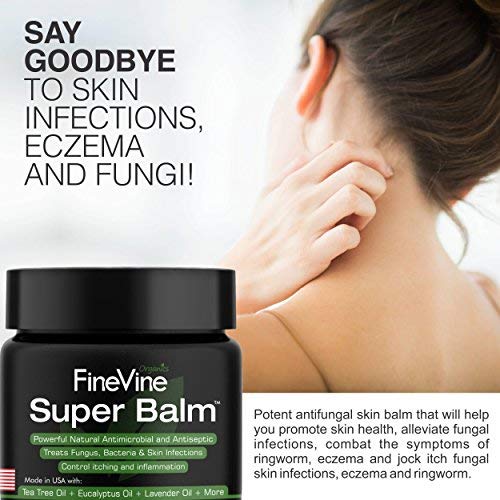
Living with Skin Conditions: Coping Strategies and Support
Dealing with chronic skin conditions like eczema or recurrent fungal infections can be challenging both physically and emotionally. Developing effective coping strategies and seeking support can significantly improve quality of life.
Tips for Managing Chronic Skin Issues
- Educate yourself about your condition to better understand and manage it
- Join support groups or online communities to connect with others facing similar challenges
- Practice stress-reduction techniques, as stress can exacerbate many skin conditions
- Communicate openly with friends, family, and colleagues about your condition
- Work with a dermatologist to develop a long-term management plan
- Consider the impact of diet and explore potential dietary modifications
- Experiment with different fabrics and clothing styles to find what’s most comfortable for your skin
How can you maintain a positive outlook when dealing with chronic skin issues? Focus on self-care, celebrate small improvements, and remember that many skin conditions are manageable with proper treatment and lifestyle adjustments. Don’t hesitate to seek professional help if you’re struggling emotionally with the impact of your skin condition.

Advances in Dermatology: New Treatments and Research
The field of dermatology is constantly evolving, with new treatments and research offering hope for individuals with various skin conditions. Staying informed about these advancements can help you make better decisions about your skin health.
Recent Developments in Skin Care
- Biologics for severe eczema: These targeted therapies can provide relief for those with treatment-resistant atopic dermatitis
- Microbiome research: Understanding the role of skin bacteria in conditions like eczema may lead to new treatment approaches
- Advanced antifungal medications: More effective and faster-acting treatments for fungal infections are being developed
- Personalized medicine: Genetic testing may help tailor treatments to individual patients
- Non-steroidal topical treatments: New options for managing inflammation without the side effects of steroids
What promising treatments are on the horizon for skin conditions? Researchers are exploring various avenues, including immunotherapy for eczema, novel antifungal compounds, and even probiotic treatments to balance skin microbiomes. While many of these are still in development, they offer exciting possibilities for future skin care management.
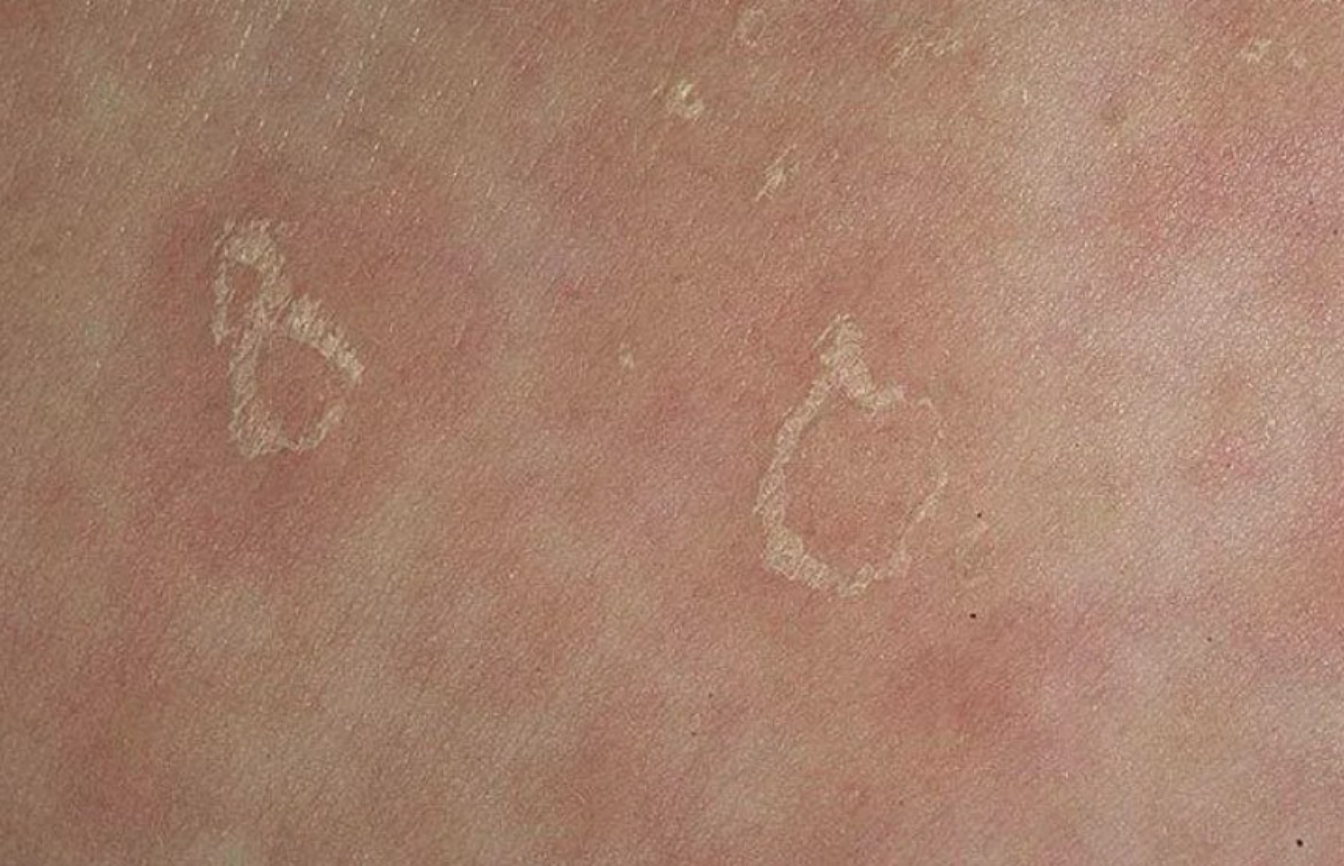
Understanding the differences between conditions like eczema and ringworm is crucial for effective treatment and management. By recognizing the unique characteristics of each condition, implementing appropriate prevention strategies, and seeking medical care when necessary, you can maintain healthier skin and improve your overall quality of life. Remember, skin health is an important aspect of your general well-being, and taking proactive steps to care for your skin can have far-reaching benefits.
Eczema vs Ringworm: Symptoms, Treatments, and When to Seek Care
Skip to content
Eczema vs Ringworm: Symptoms, Treatments, and When to Seek Care
Eczema and Ringworm are both skin conditions. But they are not the same thing. Eczema is a common condition that causes dry, scaly patches on the skin, while ringworm is a fungal infection that causes itchy red patches with hair loss in between them. There are some similarities though: both can be very uncomfortable and contagious to others! In this post, we will discuss how you can tell the difference between eczema and ringworm, what treatments work best for each condition, so let’s get started!
How can you tell the difference between ringworm and eczema?
Ringworm is usually distinguished by its round shape and the fact that it has a defined edge, while eczema can be more varied in terms of shape and size. Ringworm also tends to be itchy, whereas eczema may not always be itchy. Finally, ringworm will often have small black dots in the center of the ring, while eczema will not.
Symptoms of Ringworm vs. Nummular Eczema
While both conditions can present as itchy, red, and scaly there are some distinct differences in each condition including longevity and transmission.
Ringworm Symptoms
- Rash that is round and has a defined edge
- Itching, which may be severe
- May have small black dots in the center of the rash
- Can spread to other parts of the body very easily
- Rash that is red and dry, can be scaly and may look like the skin has been burned
- Itching, which is often not severe unless caused by an allergic reaction or other cause of eczema flare-ups
- May not have a round shape but can occur in different areas on one person at once if they are exposed to something that causes them to break out (like poison ivy)
- Ringworm can spread to other parts of the body and is contagious to others, especially with skin-to-skin contact.
Eczema symptoms Include:
- Dry skin
- Itching, which may be severe, especially at night
- Red to brownish-gray patches, especially on the hands, feet, ankles, wrists, neck, upper chest, eyelids, inside the bend of the elbows and knees, and in infants, the face and scalp
- Small, raised bumps, which may leak fluid and crust over when scratched
- Thickened, cracked, scaly skin
- Raw, sensitive, swollen skin from scratching
Eczema is not contagious and typically lasts longer than ringworm. Many individuals have chronic eczema, which means it can last for years or a lifetime. It is common for eczema to flare up in intensity. This difference is one of the most crucial in both identifying and treating eczema and ringworm
Many individuals have chronic eczema, which means it can last for years or a lifetime. It is common for eczema to flare up in intensity. This difference is one of the most crucial in both identifying and treating eczema and ringworm
Treatment options for Ringworm and Eczema
It is important to choose the right treatment for your specific skin condition. As you can imagine if the goal is to stop the itching and discomfort let a doctor make the call!
Ringworm treatment:
Ringworm is a fungal infection, so the treatment focuses on killing the fungus. This can be done with over-the-counter or prescription antifungal medications.
Eczema treatment:
There are many different treatments for eczema, depending on its cause. If you have allergies, your doctor may prescribe antihistamines for you. You can also try topical corticosteroids or other types of steroids that are applied directly to the area affected by eczema (topical) but these may have some side effects and should not be used too often, especially in children. Some people find relief from taking oral antihistamines like Zyrtec, Benadryl, Claritin, and Allegra or allergy shots. If you have a severe case of eczema, your doctor may prescribe oral steroids.
Some people find relief from taking oral antihistamines like Zyrtec, Benadryl, Claritin, and Allegra or allergy shots. If you have a severe case of eczema, your doctor may prescribe oral steroids.
Frequently Asked Questions :
How can I tell the difference between ringworm and eczema? Ringworm is often round in shape, itchy, and has black dots at its center. Eczema symptoms include redness, dry skin, swelling of the affected area, oozing, and crusting if scratched.
If I had a fungus that causes ringworm on my skin, can it spread to other parts of my body? Yes, ringworm can spread to other parts of the body and is contagious to others, especially with skin-to-skin contact.
What are some ways I can prevent spreading fungus or my eczema? It’s important that you keep your nails trimmed short because scratching an itchy rash will only make it worse and may cause infection if your nails are long. Also, keep your hands away from your face and wash them thoroughly with soap and water after using the restroom or changing a diaper.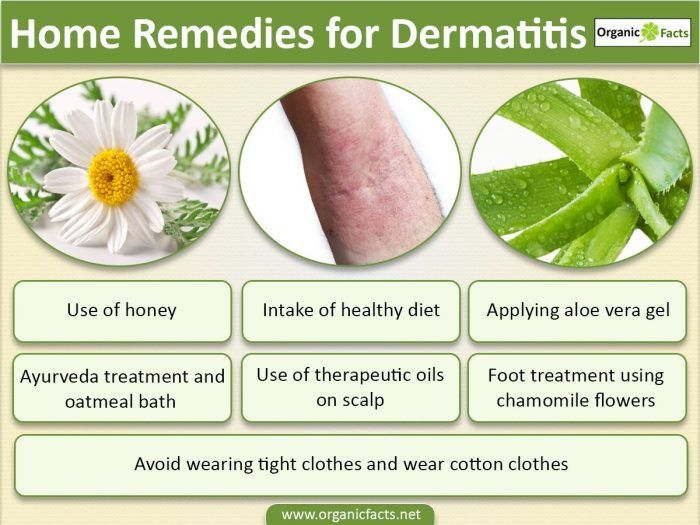
Apply moisturizer to dry areas of skin immediately following a bath or shower to help lock in moisture (as well as fragrance-free baby oil). You can also try taking an oatmeal bath to relieve your itching and dry skin.
Avoid washing bedding frequently as doing so can also irritate the rash-causing a reaction that is worse than before. If you need to wash sheets or clothing because of body fluids like urine or feces, use bleach instead of detergent for extra protection against bacteria and fungus spores.
What is the difference between eczema and ringworm? Ringworm is a fungal infection, so it typically has an itch that lasts for less than two weeks. Eczema can last longer (up to years) and often flares up in intensity or changes location on your body. Since fungus grows best when there are high levels of moisture, you can reduce some of the itching by reducing your body’s moisture level (like taking showers instead of baths).
Can ringworm and eczema be prevented?
Yes, many cases of ringworm are preventable by practicing good hygiene and keeping clean. If you have eczema, avoid scratching the affected skin to reduce your risk of infection or spreading it to other parts of your body.
If you have eczema, avoid scratching the affected skin to reduce your risk of infection or spreading it to other parts of your body.
Can I get rid of my itchy rash with home remedies? Keep in mind that some treatments like oatmeal baths, antihistamine lotions or supplements, and steroids are available over the counter. If you have ringworm, it is important to take antifungal medications as prescribed by your doctor so that the infection clears up quickly (preferably within a few days). If you do not feel better in two weeks after taking an oatmeal bath, taking allergy medication, and using a steroid cream, or if your rash is getting worse after two weeks of treatment you should see a doctor.
When to seek treatment at Urgent Care?
If you have severe symptoms that do not improve after two weeks of treatment at home, if the rash is spreading to other parts of your body or a family member shows signs and symptoms of ringworm on their skin, then it’s time to seek care.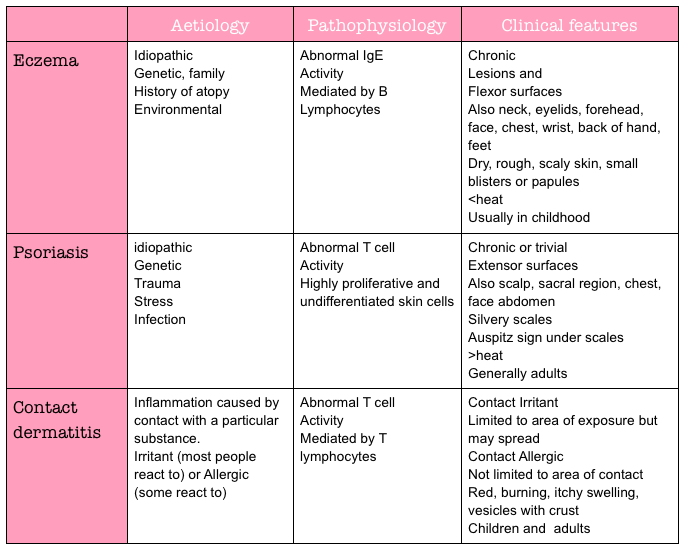 It’s important to see someone for an evaluation as soon as possible because fungal infections can spread to other parts of your body like your lungs, ears, or throat.
It’s important to see someone for an evaluation as soon as possible because fungal infections can spread to other parts of your body like your lungs, ears, or throat.
If you have questions or seeking care about ringworm or eczema treatment options at University Urgent Care and book an appointment today!
Share This Post!
Recent Posts
Skip The Wait Check-iN Online
BOOK NOW
admin2022-01-14T21:05:03+00:00
Toggle Sliding Bar Area
Go to Top
How to tell whether you have athlete’s foot or eczema
Eczema on the feet and athlete’s foot can both cause itching and skin inflammation. However, eczema is typically more widespread and affects larger joints, whereas Athlete’s foot is often localized to the toes.
Despite their similar symptoms, the two conditions are unrelated. Environmental and genetic factors contribute to eczema, while athlete’s foot results from a fungal infection.
This article reviews the differences between athlete’s foot and eczema, including causes, treatments, outlook, and more.
Eczema and athlete’s foot both affect the skin and can cause itchy, red, and inflamed patches. However, they are two distinct conditions with different causes, typical locations, and treatments.
One of the main differences is the underlying cause. Athlete’s foot derives from fungal infections that affect the skin. The exact cause of eczema is unknown but is likely due to environmental and genetic factors.
Athlete’s foot tends to affect the toes and feet. Eczema typically affects the joints, such as the elbows and knees, but it can affect other areas too.
With treatment, athlete’s foot should go away on its own, though a person can have subsequent infections. Eczema will typically require long-term management to help prevent flare-ups.
The table below outlines the differences between athlete’s foot and eczema:
| Is it contagious? | Causes | Symptoms | Where it develops | Treatment | |
|---|---|---|---|---|---|
| Eczema | no | • genetics • environmental factors, such as exposure to irritants, pollutants, and allergens | • itchiness • dryness • rough, scaly, or tough skin patches • sensitive skin • inflamed, discolored skin • swelling in different areas • oozing or crusting | • can be anywhere but common around knees and elbows | • topical steroids • topical antihistamines • emollient creams • avoiding triggers, such as chemicals, allergens, and other substances |
| Athlete’s foot | yes | • fungus often contracted from moist public areas | • red, itchy skin fissures or scales, often between the toes or on the feet | • typically between the toes but also on the feet | • antifungal creams and ointments • oral medications |
Eczema is an inflammatory skin condition associated with dry, itchy patches of skin. There are seven types of eczema. The most common is atopic dermatitis, which leads people to use the terms interchangeably.
There are seven types of eczema. The most common is atopic dermatitis, which leads people to use the terms interchangeably.
More than 31 million people in the United States have some form of eczema, reports the National Eczema Association. It can develop at any time from childhood through adulthood.
People often associate eczema with flare-ups, or flares. Flares are periods of time, lasting for several days to several weeks, when symptoms worsen. With proper treatment and management, a person can help reduce the occurrence and severity of flares.
Learn more about eczema here.
Eczema symptoms
Eczema symptoms can vary between people. One person’s eczema may look different from another’s, and it can even look different in different areas of a person’s body.
The most common eczema symptom is itchiness. Other common skin symptoms include:
- dryness
- rough, scaly, or tough patches
- sensitive skin
- inflamed, discolored skin
- swelling in different areas
- oozing or crusting
A person may have one, some, or all of the symptoms associated with eczema.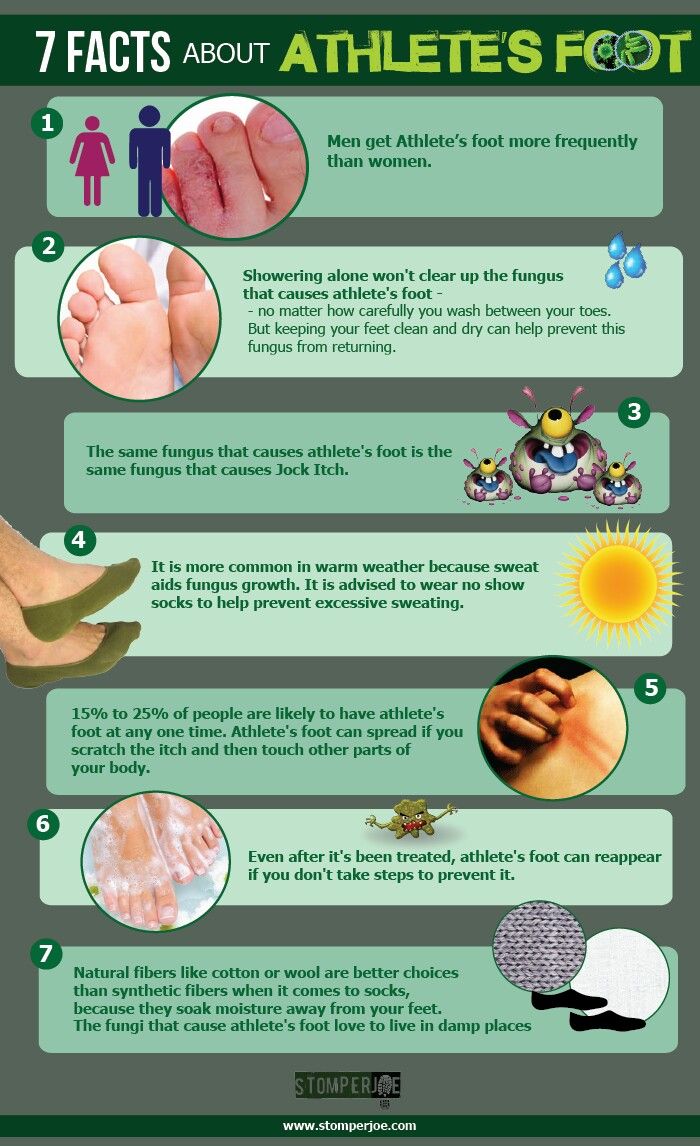 Symptoms can occur anywhere but often occur around the joints, such as the elbows and knees.
Symptoms can occur anywhere but often occur around the joints, such as the elbows and knees.
What causes eczema?
The exact cause of eczema is unknown. However, experts believe several factors can contribute to its development, including a person’s environment and genetics.
Environmental causes include contact with certain irritants or allergens that cause skin inflammation. Examples include:
- chemicals
- fragrances
- dyes
- food
- pet dander
Genetically, a person may have a filaggrin deficiency. This protein helps maintain moisture in the skin.
Learn more about eczema and genetics here.
How to manage eczema
Treatment and management may depend on the eczema’s severity and its cause.
A doctor may recommend medications for moderate to severe cases, such as:
- topical steroids
- antihistamines
For milder cases, a person may be able to use creams and ointments that provide additional moisture to the skin, such as petroleum jelly.
A person should also try to avoid known triggers whenever possible. This can help prevent flares. A person can work with an allergist or another doctor to help determine their triggers.
Learn about natural remedies for eczema here.
Athlete’s foot is a fungal infection transmitted through direct or indirect contact with people who have the infection. A person can take steps to prevent infection by keeping their feet clean and dry and wearing footwear in moist or damp public areas, such as locker rooms.
Athlete’s foot causes an itchy, red rash that often forms around the toes and on the feet. Treatment typically involves topical or oral antifungal medications.
Athlete’s foot symptoms
Athlete’s foot causes fissures or scales on the skin that are often itchy and red. They typically occur between the toes but can also occur on the feet.
What causes athlete’s foot?
Athlete’s foot is a fungal infection. Dermatophyte fungi cause it. These fungi feed on keratin.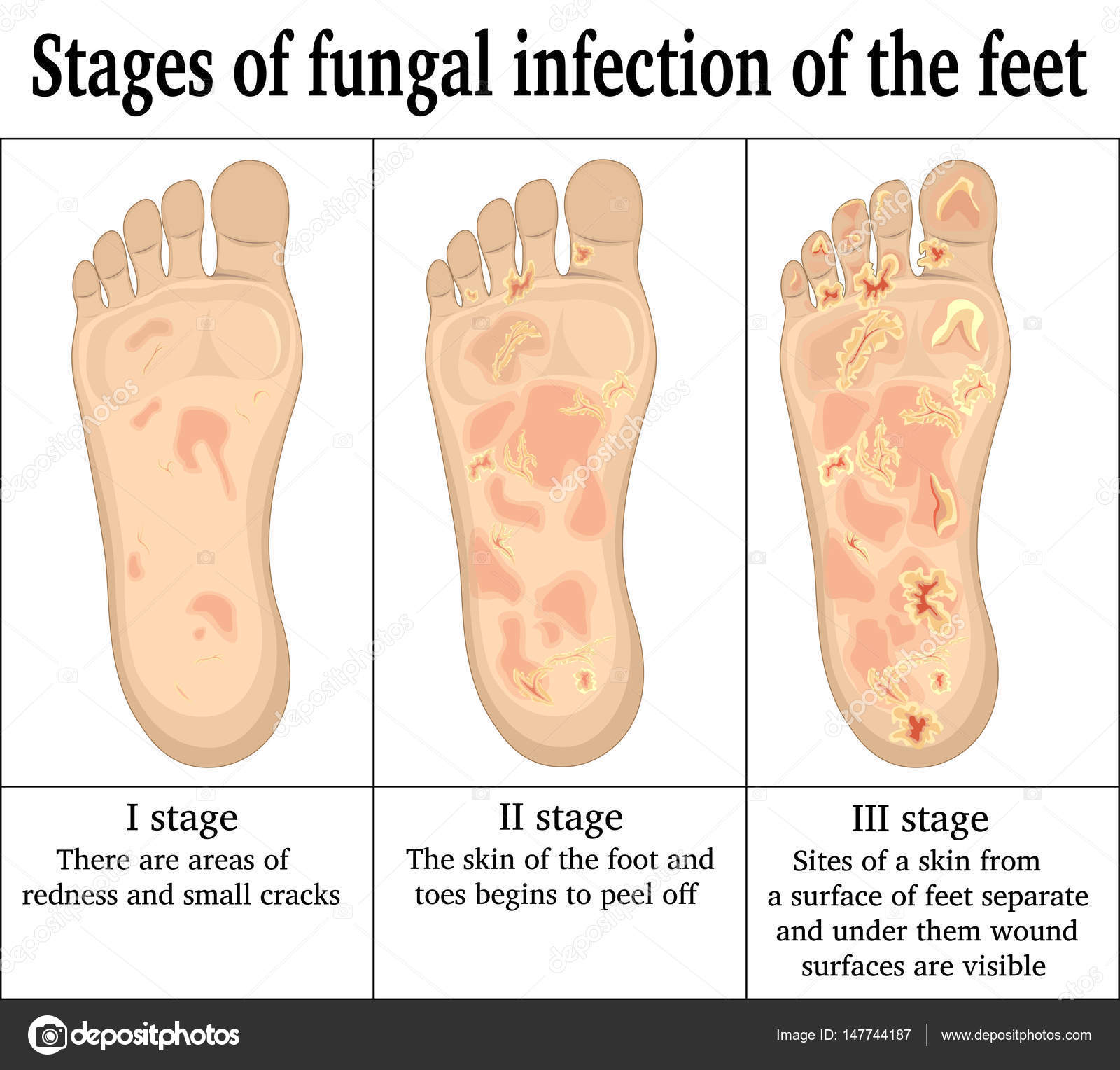 The infection can recur, which means a person must continue to take steps to prevent infection.
The infection can recur, which means a person must continue to take steps to prevent infection.
Learn more about foot fungi here.
How to manage athlete’s foot
A person should take steps to prevent athlete’s foot by keeping their feet dry and wearing footwear in moist public areas. If an infection develops, doctors will likely recommend a topical or oral antifungal medication.
Learn more about athlete’s foot here.
People can take steps to prevent athlete’s foot infections and avoid eczema triggers. The following sections outline how.
Preventing athlete’s foot
To help prevent athlete’s foot, people can:
- avoid walking barefoot in public, moist areas, such as pools, saunas, or locker rooms
- wash feet every day with soap and dry them completely
- alternate shoes daily and avoid using wet or moist shoes
- keep feet dry
- not share shoes, socks, towels, or other linens with someone who has athlete’s foot
Preventing eczema
A person may not be able to prevent eczema entirely since genetics and environmental factors play a role.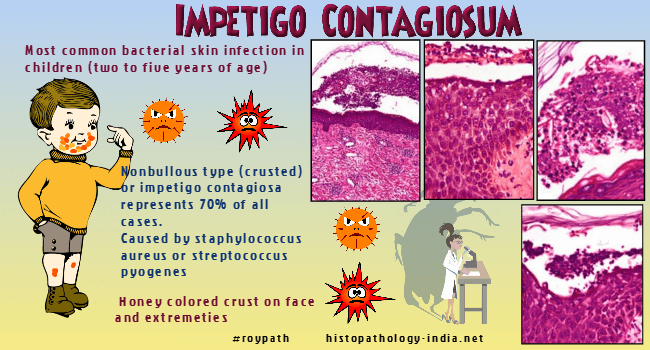 However, a person can take steps to avoid triggers and prevent flares, such as:
However, a person can take steps to avoid triggers and prevent flares, such as:
- reducing and managing stress with stress reduction strategies
- preventing dry skin by applying emollient moisturizers safe for eczema-prone skin
- avoiding irritants, such as pollen, pet dander, harsh chemicals, soaps, dyes, perfumes, and other substances when possible
A person may also wish to consider trying to understand their triggers and adapting their routines to reduce flares. For example, the effects of dry air on the skin in winter may require a different routine to that in the summer to help keep the skin moist.
A person may wish to contact a doctor if they develop an unfamiliar or severe rash that does not respond to treatment or does not go away after a few days. A doctor can help diagnose and treat the rash.
While some people with eczema find it improves as they get older, regular flares are common. However, avoiding triggers and adopting a good skin care routine can help people manage the condition.
Athlete’s foot should clear with antifungal treatment. Reinfection is possible, so people will need to take precautions to help reduce the likelihood.
Athlete’s foot and eczema both cause itchy, red, inflamed skin. Athlete’s foot is a fungal infection, while eczema is likely to have genetic or environmental causes.
Athlete’s foot typically occurs on the feet and toes, while eczema is more widespread. Eczema often occurs around the elbows and knees but may appear anywhere on the body.
Eczema is not contagious, but athlete’s foot is contagious. People can develop athlete’s foot when their skin comes in contact with the fungi that cause it. People may wish to avoid walking barefoot in moist public places to prevent infection.
Treatments for the two conditions also differ. Athlete’s foot requires fungal creams. Eczema often clears with topical steroids and moisturizers.
People can eradicate an athlete’s foot infection, but people with eczema are likely to have recurrent periods of flares and remission.
Treatment of Atopic dermatitis (anti-relapse course of therapy)
Atopic dermatitis
Atopic dermatitis is a chronic non-contagious inflammatory skin lesion that occurs with periods of exacerbations and remissions. It is manifested by dryness, increased skin irritation and severe itching. It causes physical and psychological discomfort, reduces the patient’s quality of life at home, family and at work, outwardly presents cosmetic imperfections. Continuous scratching of the skin leads to its secondary infection. Atopic dermatitis is the most common dermatosis (skin disease) that develops in early childhood and persists throughout life. Currently, the term “atopic dermatitis” refers to a hereditary, non-contagious, allergic skin disease of a chronic relapsing course.
Atopic dermatitis is diagnosed by an allergist and a dermatologist. Treatment is based on diet, general and local drug therapy, specific hyposensitization and physiotherapy.
- Causes of atopic dermatitis
- Symptoms of atopic dermatitis
- Complications of atopic dermatitis
- Treatment of atopic dermatitis
- Diet therapy for atopic dermatitis
Causes of atopic dermatitis
The hereditary nature of atopic dermatitis determines the prevalence of the disease among related family members. The presence of parents or close relatives of atopic hypersensitivity (allergic rhinitis, dermatitis, bronchial asthma, etc.) determines the likelihood of atopic dermatitis in children in 50% of cases. Atopic dermatitis in the anamnesis of both parents increases the risk of transmission of the disease to the child up to 80%. The vast majority of initial manifestations of atopic dermatitis occur in the first five years of life (90%) of children, of which 60% are observed during infancy.
The presence of parents or close relatives of atopic hypersensitivity (allergic rhinitis, dermatitis, bronchial asthma, etc.) determines the likelihood of atopic dermatitis in children in 50% of cases. Atopic dermatitis in the anamnesis of both parents increases the risk of transmission of the disease to the child up to 80%. The vast majority of initial manifestations of atopic dermatitis occur in the first five years of life (90%) of children, of which 60% are observed during infancy.
As the child grows and develops, the symptoms of the disease may not bother or weaken, however, most people live with a diagnosis of atopic dermatitis all their lives. Often, atopic dermatitis is accompanied by the development of bronchial asthma or allergies.
The widespread spread of the disease throughout the world is associated with problems common to most people: adverse environmental and climatic factors, nutritional errors, neuropsychic overload, an increase in infectious diseases and the number of allergic agents.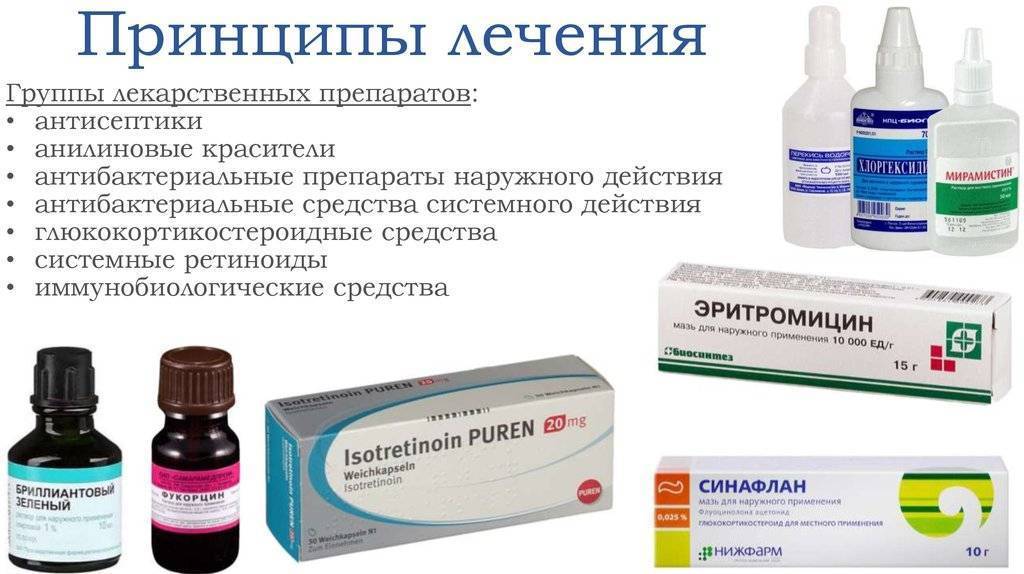 A certain role in the development of atopic dermatitis is played by disorders in the immune system of children, due to the shortening of breastfeeding periods, early transfer to artificial feeding, maternal toxicosis during pregnancy, malnutrition of a woman during pregnancy and lactation.
A certain role in the development of atopic dermatitis is played by disorders in the immune system of children, due to the shortening of breastfeeding periods, early transfer to artificial feeding, maternal toxicosis during pregnancy, malnutrition of a woman during pregnancy and lactation.
Symptoms of atopic dermatitis
The initial signs of atopic dermatitis are usually observed in the first six months of life. This can be triggered by the introduction of complementary foods or the transfer to artificial mixtures. By the age of 14-17, in almost 70% of people, the disease resolves on its own, and in the remaining 30% it passes into the adult form. The disease can proceed for many years, aggravating in the autumn-spring period and subsiding in the summer.
There are several phases in the development of atopic dermatitis: infant (first 1.5 years of life), childhood (from 1.5 years to puberty) and adult. Depending on the age dynamics, there are features of clinical symptoms and localization of skin manifestations, however, the leading symptoms in all phases remain severe, permanent or recurrent pruritus.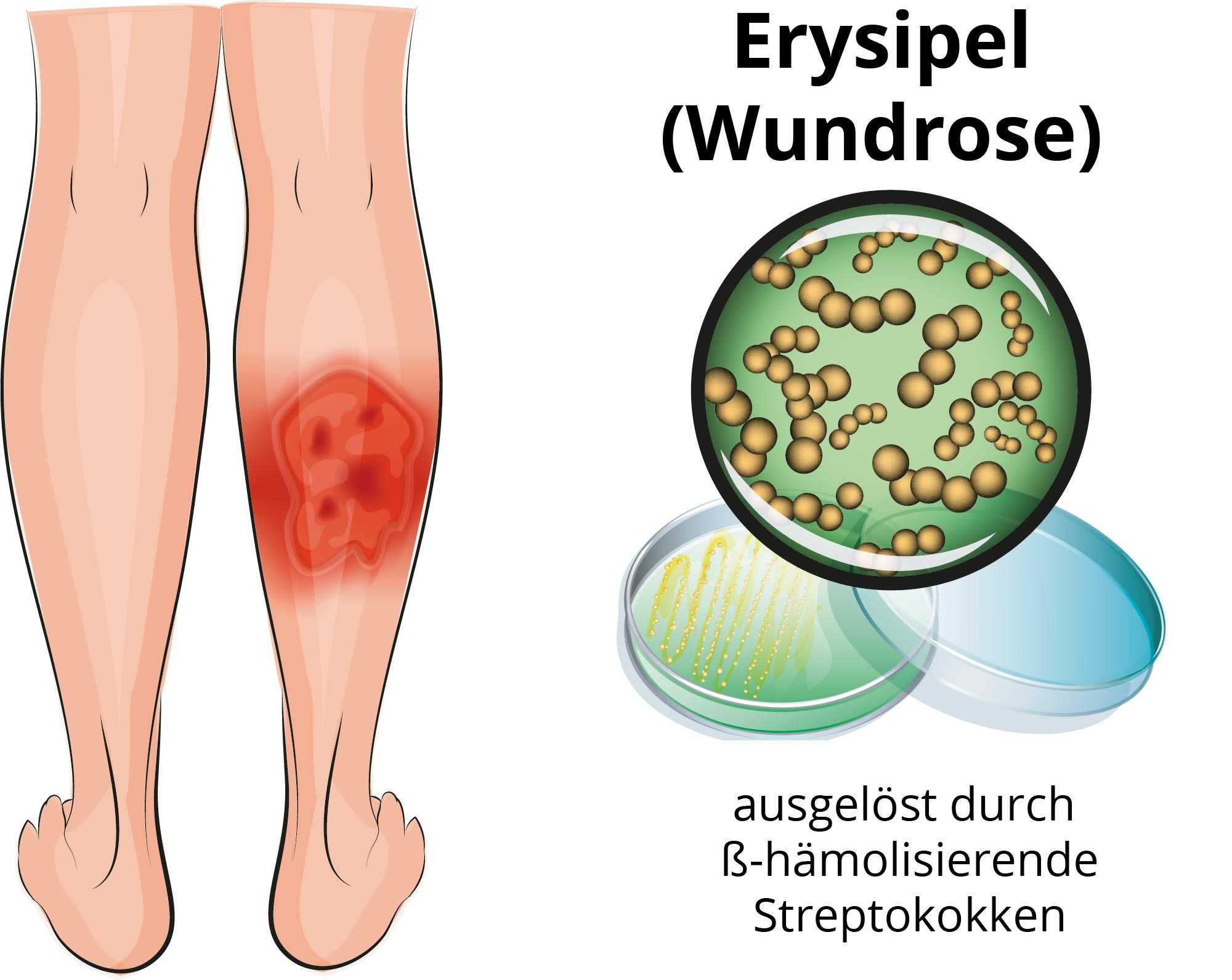
The infantile and childhood phases of atopic dermatitis are characterized by the appearance of bright pink erythema on the skin of the face, limbs, buttocks, against which vesicles (vesicles) and oozing areas appear, followed by the formation of crusts and scales.
In the adult phase, pale pink erythema lesions with a pronounced skin pattern and papular rashes. They are localized mainly in the elbow and popliteal folds, on the face and neck. The skin is dry, rough, with cracks and peeling areas.
In atopic dermatitis, focal, widespread or universal skin lesions occur. Areas of typical localization of rashes are the face (forehead, area around the mouth, near the eyes), skin of the neck, chest, back, flexion surfaces of the limbs, inguinal folds, buttocks. Plants, house dust, animal hair, mold, dry food for fish can aggravate the course of atopic dermatitis. Often atopic dermatitis is complicated by a viral, fungal or pyococcal infection, is the background for the development of bronchial asthma, hay fever and other allergic diseases.
Complications of atopic dermatitis
The main cause of the development of complications in atopic dermatitis is the constant trauma to the skin as a result of scratching. Violation of the integrity of the skin leads to a decrease in its protective properties and contributes to the attachment of a microbial or fungal infection.
The most common complication of atopic dermatitis is bacterial skin infections, pyoderma. They are manifested by pustular rashes on the body, limbs, in the scalp, which, drying out, form crusts. In this case, general well-being often suffers, body temperature rises.
The second most common complication of atopic dermatitis is viral skin infections. Their course is characterized by the formation of vesicles (vesicles) filled with a clear liquid on the skin. The causative agent of viral infections of the skin is the herpes simplex virus. The face is most often affected (the skin around the lips, nose, auricles, on the eyelids, cheeks), mucous membranes (conjunctiva of the eyes, oral cavity, throat, genitals).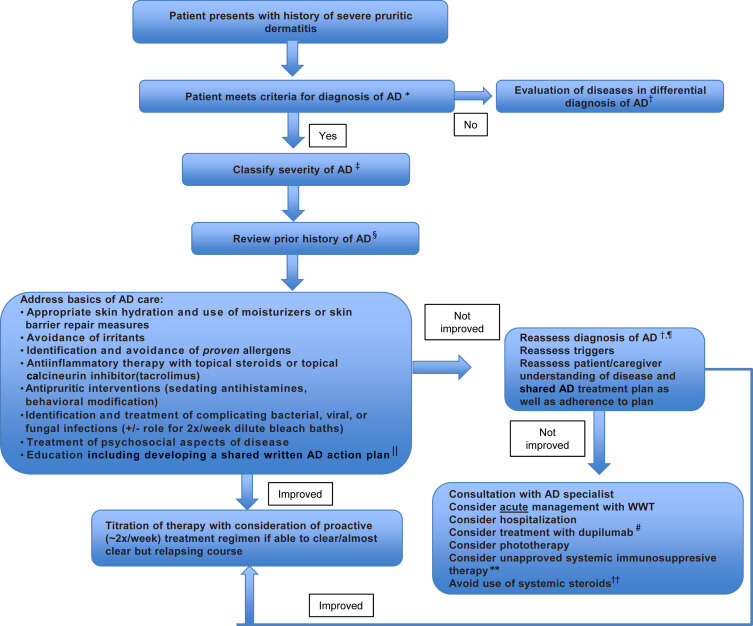
Complications of atopic dermatitis are often fungal infections caused by yeast-like fungi. The affected areas in adults are more often skin folds, nails, hands, feet, scalp, in children – the oral mucosa (thrush). Often fungal and bacterial lesions are observed together.
Treatment of atopic dermatitis
Treatment of atopic dermatitis is carried out taking into account the age phase, the severity of the clinic, concomitant diseases and is aimed at:
- exclusion of the allergic factor;
- desensitization (reduction of sensitivity to an allergen) of the body;
- itching relief;
- detoxification (purification) of the body;
- removal of inflammatory processes;
- correction of identified concomitant pathology;
- prevention of recurrence of atopic dermatitis;
- fight against complications (when infection is attached).
Various methods and drugs are used to treat atopic dermatitis: diet therapy, plasmapheresis, specific hyposensitization, corticosteroids, allergoglobulin, cytostatics, sodium cromoglycate, etc.
Diet therapy for atopic dermatitis
Nutritional regulation and adherence to diet can significantly improve the condition and prevent frequent and severe exacerbations of atopic dermatitis.
Elimination diets aim to eliminate all food allergens known to the patient from the diet. This is usually not difficult to do in older children and adults. In addition, regardless of tolerance, cow’s milk and eggs are excluded from the diet.
During periods of exacerbation of atopic dermatitis, a hypoallergenic diet is prescribed. At the same time, fried fish, meat, vegetables, rich fish and meat broths, cocoa, chocolate, citrus fruits, black currants, strawberries, melons, honey, nuts, caviar, mushrooms are removed from the diet. Also, products containing dyes and preservatives are completely excluded: smoked meats, spices, canned food and other products.
In atopic dermatitis, a hypochlorite diet is indicated – restriction of salt intake (however, not less than 3 g of NaCl per day).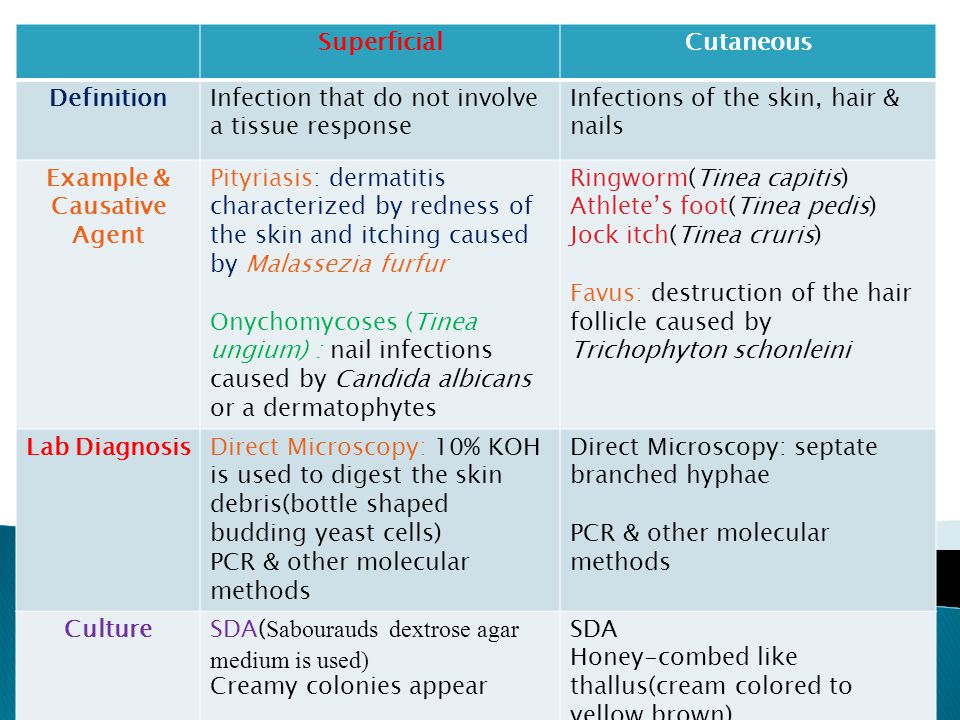
In patients with atopic dermatitis, a violation of the synthesis of fatty acids is observed, therefore, diet therapy should include nutritional supplements saturated with fatty acids: vegetable oils (olive, sunflower, soybean, corn, etc.), linoleic and linolenic acids (vitamin F-99 ).
Treatment of dermatitis with laser. Atopic dermatitis, neurodermatitis, eczema treatment.
- District resident
Discounts for friends from social networks! atopic dermatitis developing in those who are predisposed to allergies . In most cases, the appearance of neurodermatitis occurs in the first years of life and, as a rule, is accompanied by relapses. At the same time, most patients get rid of atopic dermatitis in childhood. But at least 10% of the total number of those suffering from this disease continue to encounter it in adulthood.
The number of people suffering from neurodermatitis is constantly increasing, as more and more allergenic factors provoking the disease appear, associated with environmental pollution, the development of the industry of food additives, household chemicals, social globalization, etc.

Symptoms of atopic dermatitis
Atopic dermatitis occurs as a chronic allergic disease with acute inflammation, accompanied by itching. An external sign is the defeat of large areas of the skin on the face, abdomen, thighs, legs, elbow joints, in the groin area, etc. Skin inflammation in dermatitis can persist for several months, despite the elimination of the allergenic factor and the appointment of intensive therapy.
Atopic dermatitis. Treatment
If you have neurodermatitis, treatment should include consultations with a gastroenterologist, an otolaryngologist. It is necessary to solve problems with digestion, eliminate foci of chronic infection of the ENT organs. The patient also needs to follow the regimen and diet.
Treatment of neurodermatitis is complex, so it is convenient to undergo it in the conditions of our multidisciplinary clinic, equipped with the latest medical and diagnostic equipment.
In severe forms of atopic dermatitis, treatment may sometimes require a patient stay in a hospital, but is more often carried out on an outpatient basis.

Antihistamines, hormonal drugs, physiotherapeutic procedures are prescribed.
Also, treatment of neurodermatitis includes the use of ointments and creams with antipruritic and exfoliating effects.
It is important to understand that dermatitis indicates a dysfunction of the immune system, and its exacerbation, in turn, contributes to a decrease in immunity and often provokes viral and fungal infections.
In this regard, timely diagnosis of dermatitis is of great importance for preventing recurrence of the disease, as it allows you to take a course of prevention in time.
1
Excilite µ System
2
Excilite µ System
3
Excilite µ System )
We treat patients with long-term neurodermatitis using modern methods and innovative equipment. So, the treatment of dermatitis with a laser allows you to achieve a stable long-term remission of the disease.
1
Excilite µ System
2
Excilite µ System
3
Excilite µ System
In addition, laser treatment of dermatitis allows the patient to stop taking steroids.




